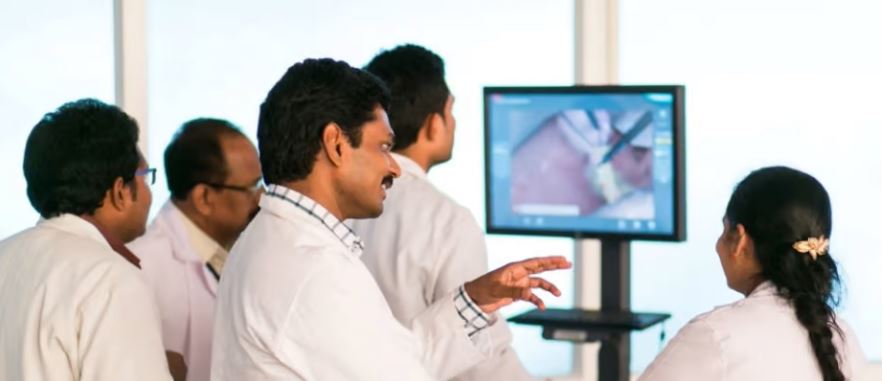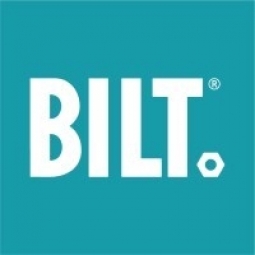Technology Category
- Sensors - Camera / Video Systems
- Sensors - Level Sensors
Applicable Industries
- Education
- Paper & Pulp
Applicable Functions
- Product Research & Development
- Sales & Marketing
Use Cases
- Time Sensitive Networking
- Virtual Prototyping & Product Testing
Services
- System Integration
- Training
About The Customer
The Chamberlain Group is a leading provider of smart access solutions for residential and commercial properties. Their prominent brands, including Chamberlain®, LiftMaster®, Merlin®, and Grifco®, are used in millions of access applications worldwide. The company prioritizes safety and innovation in their garage door openers and is always seeking ways to enhance the customer experience. Their proprietary tool, the myQ Garage & Access Control app, allows customers to monitor and manage their garage door from anywhere, providing homeowners with peace of mind.
The Challenge
The Chamberlain Group, a leader in smart access solutions, was facing a significant challenge in improving the customer experience for their garage door openers. The primary pain point was the installation process, which was affecting product ratings and the adoption of their proprietary tool, the myQ Garage & Access Control app. The company was also struggling with low product registration rates, with only 3% of customers registering their products. This was a concern as registration allows the company to communicate directly with customers about product updates or recalls. Additionally, the company was under pressure to substantiate marketing claims about the ease of installation of their products.
The Solution
To address these challenges, Chamberlain Group partnered with BILT to provide 3D instructions to improve the accuracy of the installation process and enhance the overall customer experience. The company also implemented recommendations from BILT to increase the adoption rate of the myQ app. To boost product registration rates, the company leveraged the BILT app to provide quick and convenient access for customers to register their products. Furthermore, the company utilized BILT's analytics to gain insights into the time users spend on each step of the installation process and other valuable metrics. This data was regularly reviewed to identify any trouble spots and improve instructions. The company also conducted a side-by-side demonstration of a garage door opener installation to compare the customer experience of the BILT app versus a paper manual.
Operational Impact
Quantitative Benefit

Case Study missing?
Start adding your own!
Register with your work email and create a new case study profile for your business.
Related Case Studies.

Case Study
Wireless Improves Efficiency in Compressed Air Systems
Hollingsworth and Vose wanted to improve the efficiency of their compressed air system, lower the electricity expense component of manufacturing cost in their commodity industry, and conserve energy leading to lowered greenhouse gas emissions. Compressed air systems degrade over time and become leaky and inefficient. Hollingsworth and Vose wanted to increase the frequency of system inspections without paying the high cost of manual labor.

Case Study
Process Predictive Analysis in Pulp and Paper Mill
Common paper breaks consequently lead up to 60 minutes of downtime, delaying a potential $10K per hour of production value process. Thus, defective products cause financial and damage company's reputation. Improving quality and reducing defect rates can generate millions of dollars of revenue per year for your company.

Case Study
Revolutionizing Medical Training in India: GSL Smart Lab and the LAP Mentor
The GSL SMART Lab, a collective effort of the GSL College of Medicine and the GSL College of Nursing and Health Science, was facing a challenge in providing superior training to healthcare professionals. As clinical medicine was becoming more focused on patient safety and quality of care, the need for medical simulation to bridge the educational gap between the classroom and the clinical environment was becoming increasingly apparent. Dr. Sandeep Ganni, the director of the GSL SMART Lab, envisioned a world-class surgical and medical training center where physicians and healthcare professionals could learn skills through simulation training. He was looking for different simulators for different specialties to provide both basic and advanced simulation training. For laparoscopic surgery, he was interested in a high fidelity simulator that could provide basic surgical and suturing skills training for international accreditation as well as specific hands-on training in complex laparoscopic procedures for practicing physicians in India.

Case Study
IoT platform Enables Safety Solutions for U.S. School Districts
Designed to alert drivers when schoolchildren are present, especially in low-visibility conditions, school-zone flasher signals are typically updated manually at each school. The switching is based on the school calendar and manually changed when an unexpected early dismissal occurs, as in the case of a weather-event altering the normal schedule. The process to reprogram the flashers requires a significant effort by school district personnel to implement due to the large number of warning flashers installed across an entire school district.

Case Study
Industrial Video Monitoring for Security and Regulatory Compliance
Because of the Stevenson mill’s proximity to the Tennessee River, WestRock was required by the USCG to comply with the Maritime Security 33CFR (MARSEC) regulations. WestRock needed a video security system but wanted to add other applications not required by the government, such as video process monitoring, condition monitoring, and wireless network management. WestRock needed a reliable video solution to avoid the compliance fines and possible security risks – but the solution needed to be implemented in the most cost-effective manner possible.








